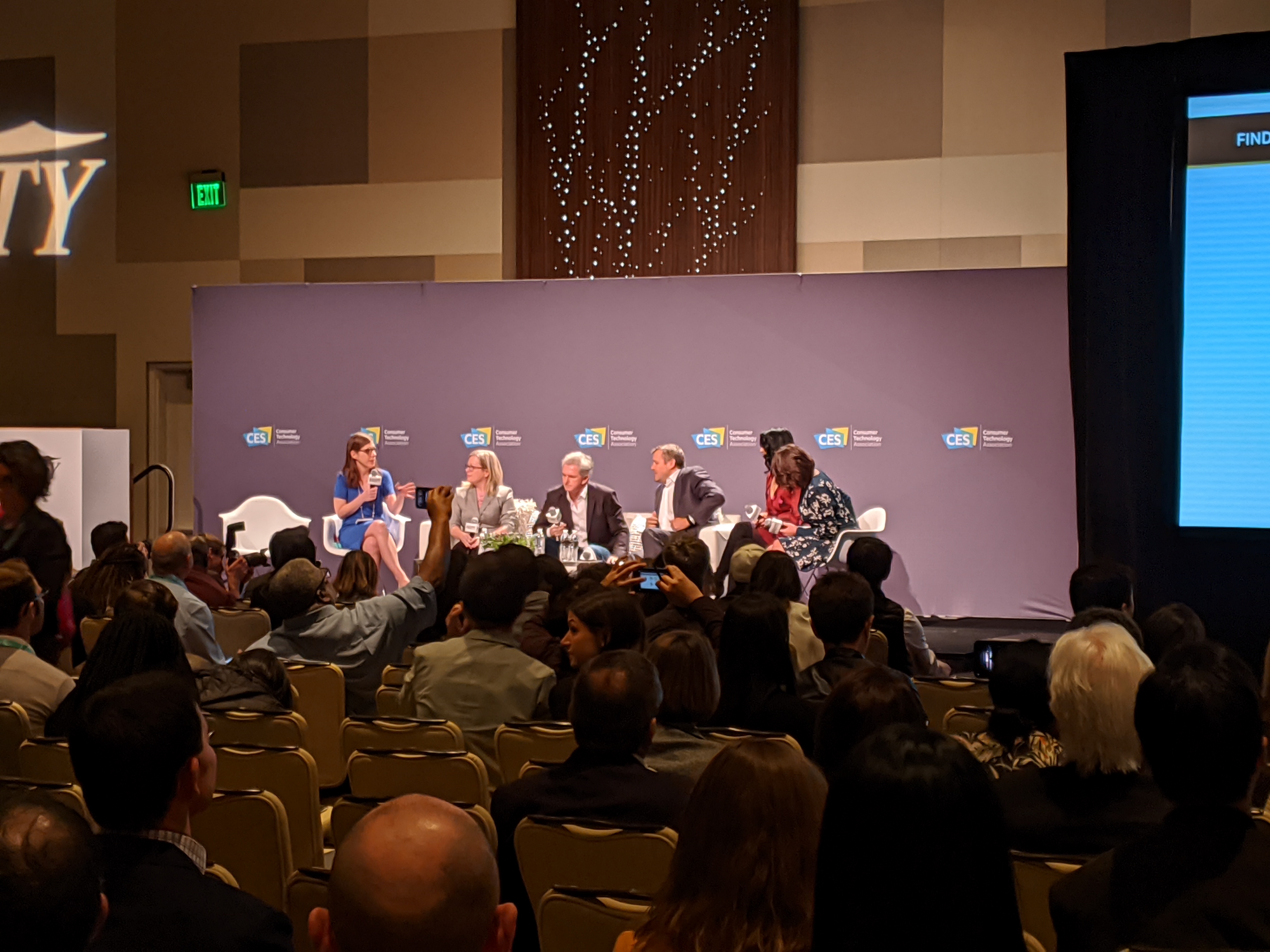Reaching the Unreachable Age Demographic

It is often said that there is an age demographic within this modern world of media marketing that is so difficult to reach it is thought of as a blessing of unicorns: the Millennials. They leave marketers scratching their heads and asking, “What factors into making them so difficult to reach?” and “Which brands are successfully engaging with them?” At CES’ “Finding and Wowing the Fresh and Cool Demographic” panel, we had the opportunity to hear from brands and media mavericks who have successfully broken through to this demo.
Panel moderator Cynthia Littleton, business editor at Variety, attested to how both Millennials and Gen Zers tend to be difficult to reach due to the fact that their consumption habits were shaped during so revolutionary a time of technological innovation. It’s that affinity for technology that Littleton believes marketers should take advantage of, stating that “there’s value in being everywhere,” across many different platforms that suit this younger generations’ needs.
With a stunningly short attention span of 12-seconds (only beaten by Gen Z’s record-setting eight-seconds), long-form content may not be the most effective method to capture the eyes of Millennials. That’s why a brand like TikTok is doing a fabulous job at snagging clicks from this generation with their short-form video content. “It’s a very different strategy,” said Blake Chandlee, vice president, global business solutions at TikTok. “The short-form videos are great for attracting younger audiences.” With 12-15 second videos headlining on the platform, it’s true that their strategy offers a very different user experience that can appeal to the under-30 demo.
It also helps that TikTok has created a mission statement that resonates with the increasingly depressed Millennial demo: driving joy among viewers. While they’re very serious about policing content to make sure it fits their positive vision, TikTok also has algorithms that are designed to show users targeted content that’s relevant to their interests; this idea even surpasses borders, Chandlee explained, claiming that he can “find content from Thailand that’s relevant to my interests.”
It’s clear that a unique approach is needed to really catch a Millennial’s eyes. At least that’s how Cory Haik of Vice Media Group feels. As Vice’s chief digital officer, she thinks carefully on the unique way Millennials consume content, saying that a “one size fits all” approach does not work. Instead, she recommends mixing and matching media until you find the right fit for your brand. Vice’s winner, Haik said, happens to be Instagram Stories, which mixes text and video into bite-sized content that might not be as high fidelity but is certainly more digestible.
Speaking of Instagram and creating short-form, mixed-media content for younger generations, Claudine Cazian, director of Instagram partnerships, emphasized how important their platform is for winning over Millennials. While the app is a favorite of Gen Z, a whopping 59 percent of Millennials are active on Instagram. Users open the app 40-45 times a day; and from Cazian’s point of view, “that’s 45 opportunities per day to engage your audience.” She also believes in casting a wide net, from focusing on both established and emerging influencers to encouraging those social media celebrities to publish across multiple platforms -- not just Instagram. “It’s so important to be platform agnostic,” in order to best reach this unreachable demographic, Cazian advised.
While short-form content is effective at hooking Millennials, what are long-form content platforms such as streaming services to do? Jennifer Vaux, director, programming at Roku is focused on repackaging short-form content into longer, lean-back experiences with Millennials in mind. With consumers 18-29 primarily interested in watching TV via streaming for an average of 3.5 hours a day, there are ample opportunities for brands to eke out a place in The Great Streaming War. “People are still watching television,” Vaux asserted. “[As a matter of fact,] 50 percent of U.S. cord-cutters have a Roku.” Between repackaging content and focusing on reducing friction to increase discoverability, this could be a recipe for success.
Meanwhile, the NFL is going all in on marketing to Millennials and Gen Z, said Tim Ellis, chief marketing officer, and is pursuing “marketing with a sense of urgency.” To the NFL brand, younger audiences have the strongest share of wallet, with Ellis even going so far as to claim, “We’re earning more per younger consumer than we are [with] our older consumers.” It might sound like overkill but there is sound logic backing this play. If the NFL doesn’t win consumers over by the time they turn 18, they most likely won’t win them at all. That’s because the added nostalgia factor of growing up and watching NFL games with the family as a child is enough to earn a fan for life. Otherwise, you end up with a consumer like me with no interest in sports whatsoever.
So, it seems there is no miracle cure-all, no one-size-fits-all solution for winning over the under 30 demographic. But, by taking advantage of the right social platforms for your brand and being observant and considerate of the Millennials’ consumption habits, it’s more than possible to capture these modern media unicorns.
Click on the social media tiles above or below to share this content with your friends and colleagues.
The opinions and points of view expressed in this commentary are exclusively those of the author and/or subject(s) and do not necessarily represent the views of MediaVillage.com/MyersBizNet, Inc. management or associated bloggers.


